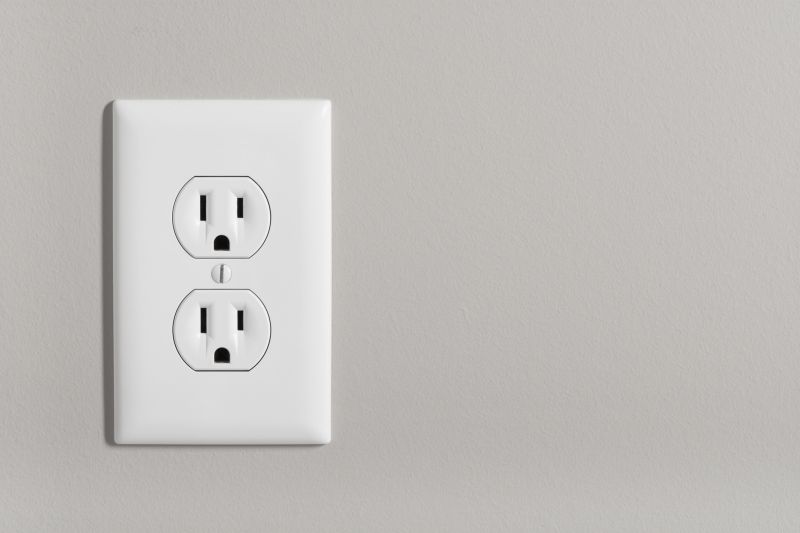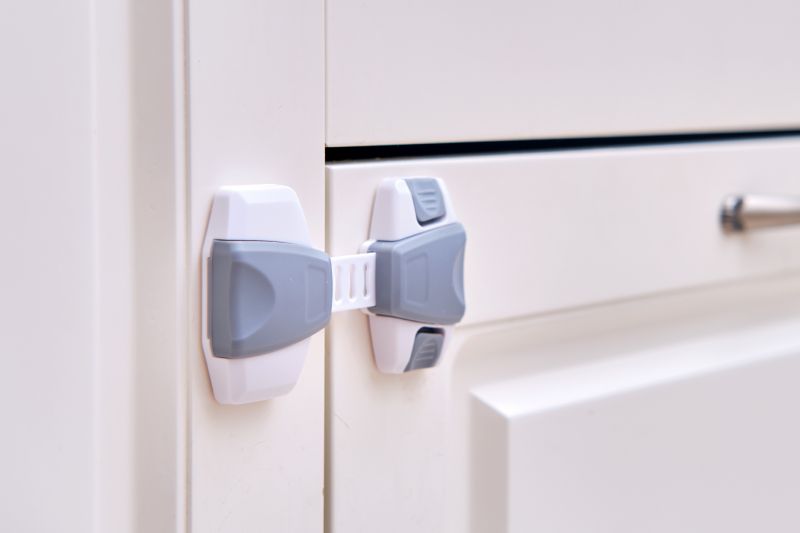Child Proofing Timing Guide
Child proofing is most effective when implemented proactively, ideally before a child begins to explore their environment actively. Early installation of safety measures can significantly reduce the risk of accidents and injuries. As children develop mobility and curiosity, hazards can emerge rapidly, making timely child proofing essential.
Installing safety devices before crawling starts ensures hazards are addressed early, preventing potential injuries.
As children become more mobile, increasing safety measures minimizes risks associated with climbing and exploring.
Child proofing a new residence before moving in ensures a safe environment from the outset.
Monitoring developmental milestones and acting promptly helps maintain safety as children become more inquisitive.

Installing safety gates at doorways and stairways.

Anchoring furniture to prevent tipping.

Covering electrical outlets to prevent shocks.

Ways to make Child Proofings work in tight or awkward layouts.

Popular materials for Child Proofings and why they hold up over time.

Simple add-ons that improve Child Proofings without blowing the budget.
| Stage of Child Development | Recommended Child Proofing Actions |
|---|---|
| Infant (0-6 months) | Secure furniture, cover outlets, remove small objects |
| Crawling (6-12 months) | Install safety gates, secure cords, block stairs |
| Toddler (1-3 years) | Anchor furniture, lock cabinets, install window guards |
| Preschool (3-5 years) | Reinforce safety barriers, check for hazards |
| Active Explorers (5+ years) | Maintain safety checks, educate about safety |
Child proofing is a critical step in creating a safe environment for children as they grow and explore. Statistics indicate that a significant percentage of injuries among young children occur in the home, often due to preventable hazards. Implementing safety measures early and maintaining them regularly can reduce injury risks substantially. Proper child proofing involves assessing potential hazards and installing appropriate safety devices tailored to the child's developmental stage.
Understanding the timing of child proofing allows caregivers to be proactive rather than reactive. As children develop new skills and curiosity, hazards evolve. Regular safety assessments and timely updates to safety measures are essential to ensure continuous protection. Child proofing is not a one-time task but an ongoing process aligned with the child's growth and environment changes.

A comprehensive list of safety measures for various stages.

Various safety devices installed in homes.

Tools and tips for ongoing safety supervision.

Professional assessments for hazard identification.
Interested in child proofing services? Filling out the contact form can provide more information on creating a safer environment tailored to specific needs. Early intervention ensures safety as children grow and explore, reducing the likelihood of accidents and injuries.
